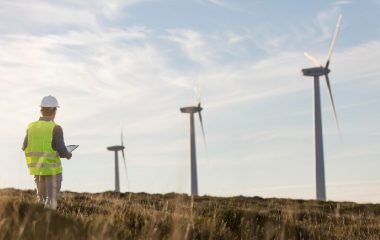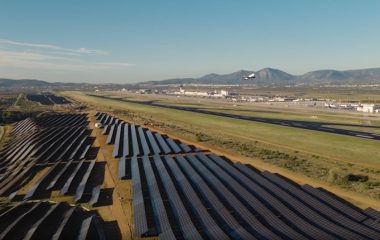
Photo: freepik.com
Following 921 MW of new installations in the first half of 2024, the Greek solar power sector added another 337 MW in July, marking the strongest month ever in the country.
According to the Renewable Energy Sources Operator and Guarantees of Origin (DAPEEP), renewable energy sources other than solar only saw minor additions in July: the wind farm segment grew by just 2.6 MW, compared to 3 MW in biomass and 0.6 MW in cogeneration.
With the new power plants, the total installed capacity in Greece reached 13.47 GW, of which 7.57 GW was solar power, and wind farms accounted for 5.2 GW.
At the Solarplaza Summit today in Athens, Stelios Psomas, an advisor to the Hellenic Association of Photovoltaic Companies (HELAPCO), presented the latest analysis.
During the first half of the year, new residential installations amounted to 58.6 MW, against 14.4 MW in the same period of 2023. The growth in projects in the category of 10.8 kW to 1 MW dropped on an annual scale, from 504.8 MW to 281.9 MW. New utility-scale photovoltaic plants amounted to 580.1 MW versus 121.5 MW a year earlier.
Out of all residential units installed through June, 58.4% included a battery.
HELAPCO: We expect close to 20 GW of photovoltaics by 2030
It should be noted that the last draft of Greece’s National Energy and Climate Plan (NECP) foresees 13.5 GW in photovoltaics in 2030.
Psomas said HELAPCO expects close to 20 GW in total by that time as around 20 GW already received grid connection offers.
Psomas: Battery storage needs to rise
Last but not least, the association expects renewable energy curtailments to reach 1 TWh in 2024. It corresponds to 3.5% of overall renewable electricity production.
In order to resolve the issue, HELAPCO proposed lifting the 2030 battery storage goal in the NECP from 4.3 GW to between 7.5 GW and 8 GW.


















Be the first one to comment on this article.